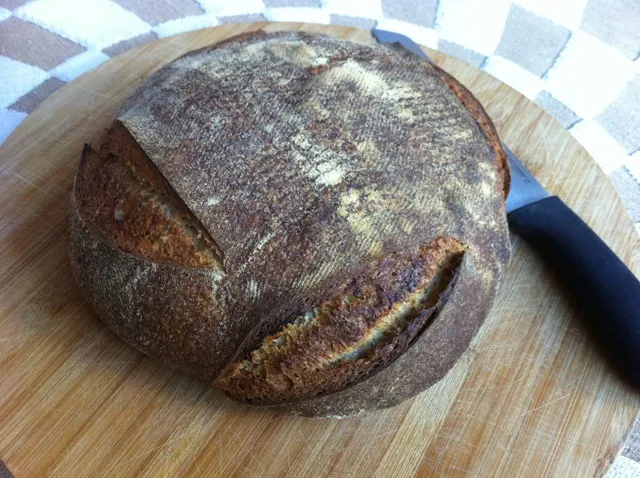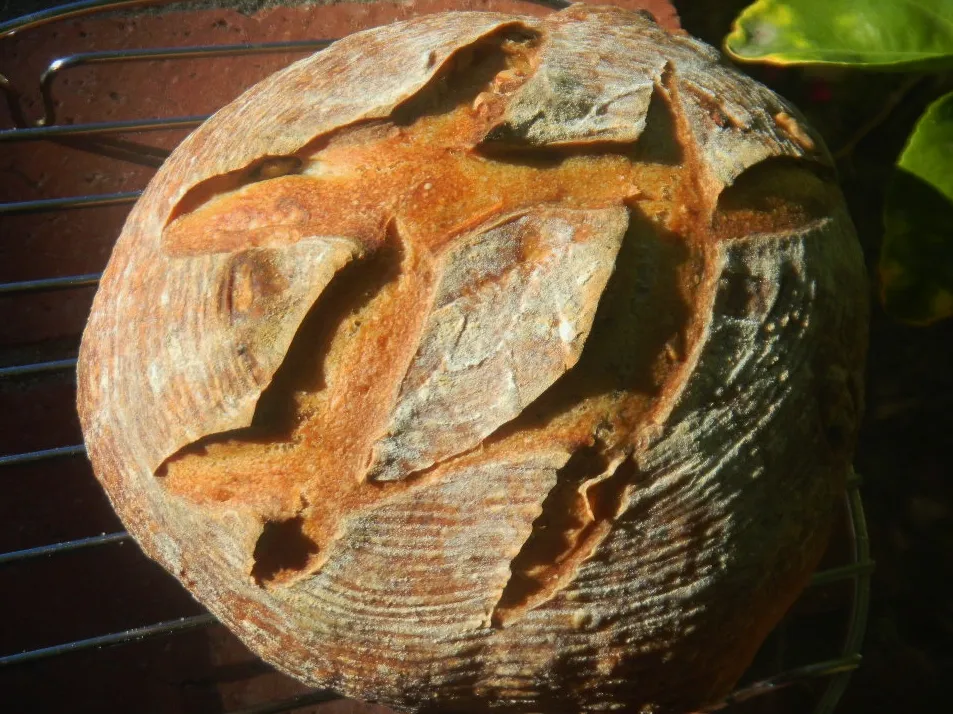Orange Shandy Durum Semolina Sourdough

This is an adaptation of my regular Durum Semolina bread with the main difference being the addition of Orange Shandy beer for the water and some dried orange peel. The beer has a slight orange flavor undertone so I thought adding it to this formula with some orange peel would create a nice flavor combination and I was not wrong. You can taste the hints of the orange beer and orange peel but it's not overpowering at all. This bread is very tasty and is excellent for breakfast, lunch or dinner.
- Log in or register to post comments
- 9 comments
- View post
- Isand66's Blog








